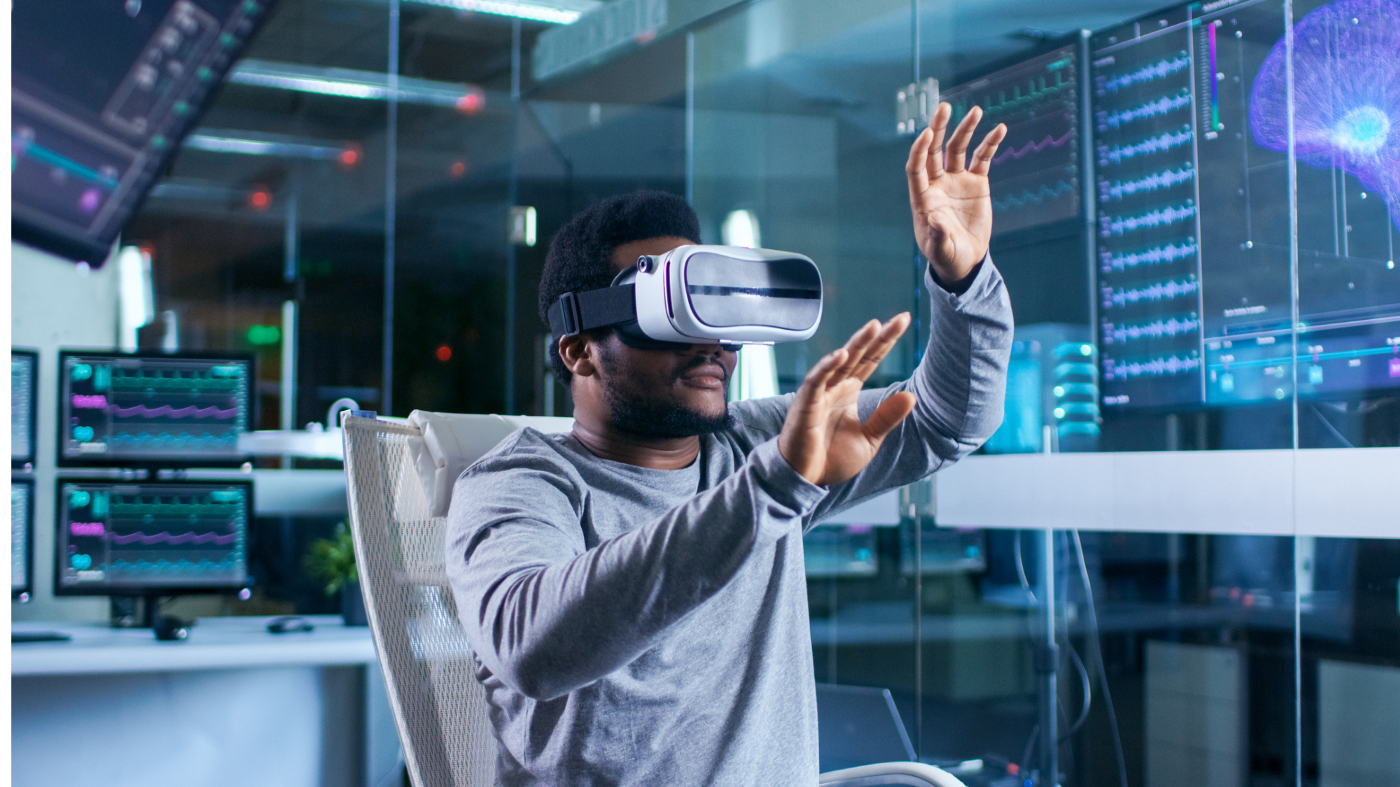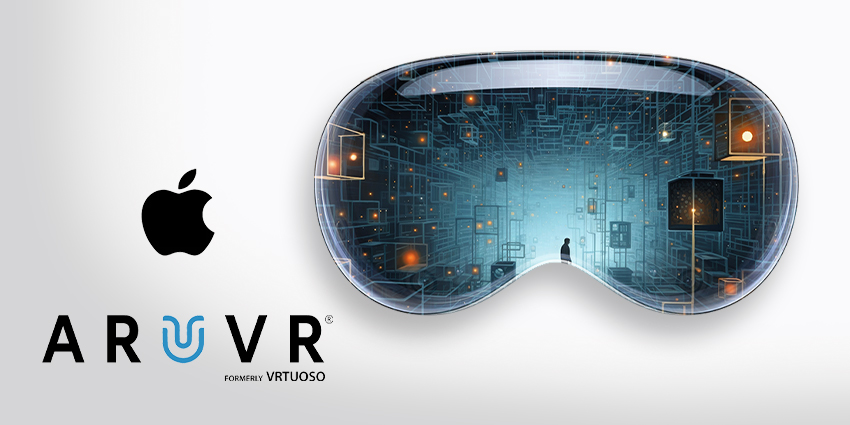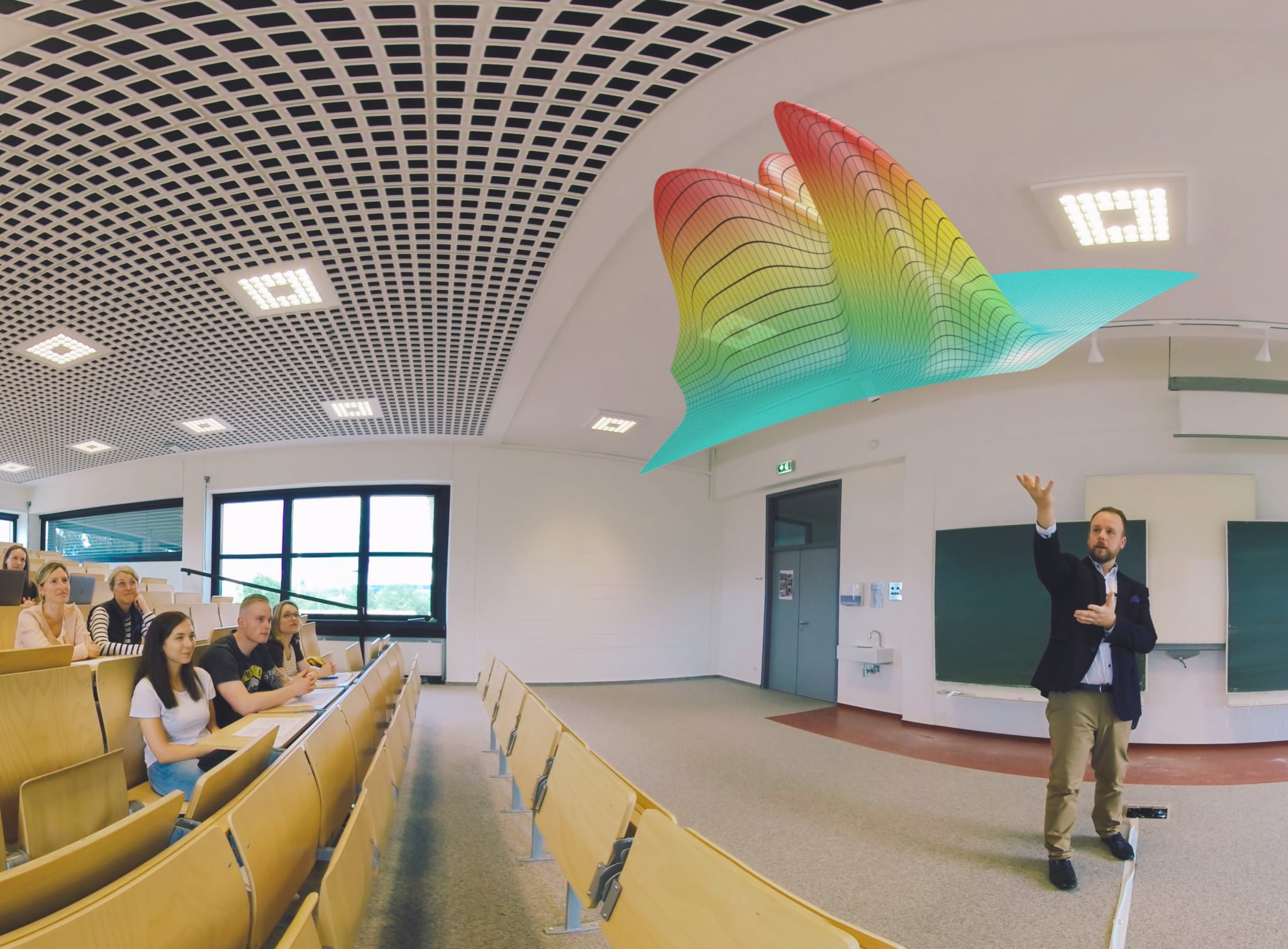“I think of it like a syringe,” says Dr. Brennan Spiegel. “It’s not the syringe that matters, it’s the medicine we put through the syringe that matters.”
Dispense with everything you know about virtual reality, says Dr. Brennan Spiegel at the start of his new book, VRx: How Virtual Therapeutics will Revolutionize Medicine. VR isn’t “a toy for pimply, pent-up teens to play first-person shooter games in their parents’ basement.” Nor is it about the goofy-looking goggles that have made their way onto the consumer market. VR, Dr. Spiegel says, “is a way to deliberately and predictably modify how we feel and how we think. It’s a platform that connects us to our heart, mind, and body.”
Dr. Spiegel directs the Center for Outcomes Research and Education at Cedars-Sinai Hospital, leading a multidisciplinary team in probing the possibilities for digital health technologies to improve health outcomes and strengthen the doctor–patient relationship. In a recent Fireside Chat, he sat down with the StartUp Health community to illuminate the ways VR, in particular, might be able to transform therapeutic care.
Q+A
What made you an early adopter of health technology and VR in particular? What was your vision?
I don’t know if there was an “aha” moment initially, but rather it evolved over time and demonstrated benefits for our patients that demanded that we continue to investigate this technology. In my experience in digital health, I’ve seen a number of devices that are looking for an application, looking for an indication, but this seemed like the other way around. It seemed like virtual reality was fitting a need that was unmet. That is partly what allowed me to keep pursuing it, plus just seeing the clear-cut clinical benefits.
I’ve seen many different companies coming in with lots of big, grand promises, but to actually see something work in real life is completely different. One of my litmus tests now for digital health experts is: Have you placed a digital device on a patient before? Because if you haven’t, that’s like a pharmacist who’s never filled out a prescription or a cartographer who’s never drawn a map. You need to know what it’s actually like when users integrate technology into clinical care.
What do you think VR can really accomplish medically, and what are some of its ramifications in terms of innovation?
VR is a platform. It’s not one thing. It’s a technology that allows us to impact the human mind. So I think of it like a syringe: It’s not the syringe that matters, it’s the medicine we put through the syringe that matters. A VR headset is a platform; what matters is the software. What are people seeing, feeling, hearing? How are they interacting with the environment? Are we giving the right software to the right patient at the right time? And is it being supported by other behavioral interventions that can strengthen the insights gained in virtual reality, assuming the VR is effective?
So VR is a platform that can be used in a number of ways, and it has a number of mechanisms by which it works. For pain management, it can simply be a distraction — for example, during a spinal tap. For chronic pain, the mechanism is different. This is about teaching skills like biofeedback-enabled breathing or psychoeducation. We’re developing all sorts of new interventions using brain–computer interfaces and eye-tracking to really use cognitive behavioral therapy, where the BCI can detect your thoughts and change the environment that you’re in, and hopefully in a positive way.
I can go on and on, but VR really teaches us about our consciousness. When I wrote the book, it really wasn’t meant to be a technical book for people who love VR. It was meant to be a book for people who are curious about consciousness, about the intersection between philosophy, psychology, neuroscience, clinical medicine, and technology.
VR is a platform. It’s not one thing. It’s a technology that allows us to impact the human mind. So I think of it like a syringe: It’s not the syringe that matters, it’s the medicine we put through the syringe that matters.
Are there any particular applications that have surprised you over the last year, going beyond distraction therapy? You’re more familiar with the breadth of the VR space than a lot of us are.
There are so many interesting and unexpected use cases. One of the most striking is for schizophrenia. There are medications which have some benefit and traditional cognitive behavioral therapy helps, but it’s very difficult to treat. But there’s a team-up in Montreal led by Alexandre Dumais who’s been studying virtual reality and trialogue therapy — not dialogue, but trialogue — and it’s incredible. The way it works is the patient who is experiencing an inner demonic voice explains to the clinician what that voice sounds like and what it looks like, and then they create it in virtual reality. So you can now get into virtual reality and be face-to-face with your inner voice. The clinician will speak through a microphone in another room, and his or her voice is permuted by the computer to sound like the voice that the patient’s hearing. Over the course of eight weeks, they slowly cede control to the patient through a series of CBT scripts. The patients feel like they get to know their voice. They may not be able to make the voice go away, but the voice can become a friend, not an enemy.
Another very profound use of virtual reality is in dementia, where people can be transported back to their childhood home in stereoscopic vision and VR and all of a sudden be coherent and telling stories and singing songs, whereas minutes before they might’ve been incoherent or upset or crying. So those examples are, to me, very profound uses of VR and of technology in general.
For a lot of healthcare startups, VR is an integral piece of their identity. Yet you’ve described it as more of a tool that can be applied in a broad variety of ways. What is your advice or wisdom for a health innovation founder thinking about whether to use VR?
Of course the world is much bigger than VR. VR might make perfect sense for some people or really be a stretch for others. To me, it has to be a natural fit. There has to be a use case that’s clear. So for example, I’m contacted by a lot of pharmaceutical companies that are interested in exploring VR for physician education to describe the mechanism of action of their drug. I think: Are you doing that because it sounds good, or do you really think it’s going to make a difference? Are doctors really going to sit down and learn about an MOA through VR? Maybe. If so, how are you going to use the VR in a way that takes advantage of that platform compared to a video, a commercial, a tri-fold brochure? Is there something special about VR that enables you to tell us the story differently?
There have been some times where companies have developed VR and I’ve looked at them and thought: I’m really excited that they’re engaging in VR, but I’m not sure this was the best use of their time or funds or creativity. On the other hand, I’m talking to some companies about using VR as a beyond-the-pill therapeutic. For certain chronic diseases, there are many behavioral interventions that can improve outcomes, and VR might be able to support those. So we’ve done work with companies to explore VR as an adjunctive behavioral intervention for home-based care to support the use of traditional pharmacotherapies.
In the end, you just have to think: Why would I use VR? What’s special about it for my use case? Am I just doing it because other people are talking about VR and somebody wrote a book about it?
For certain chronic diseases, there are many behavioral interventions that can improve outcomes, and VR might be able to support those.
Quelle:




